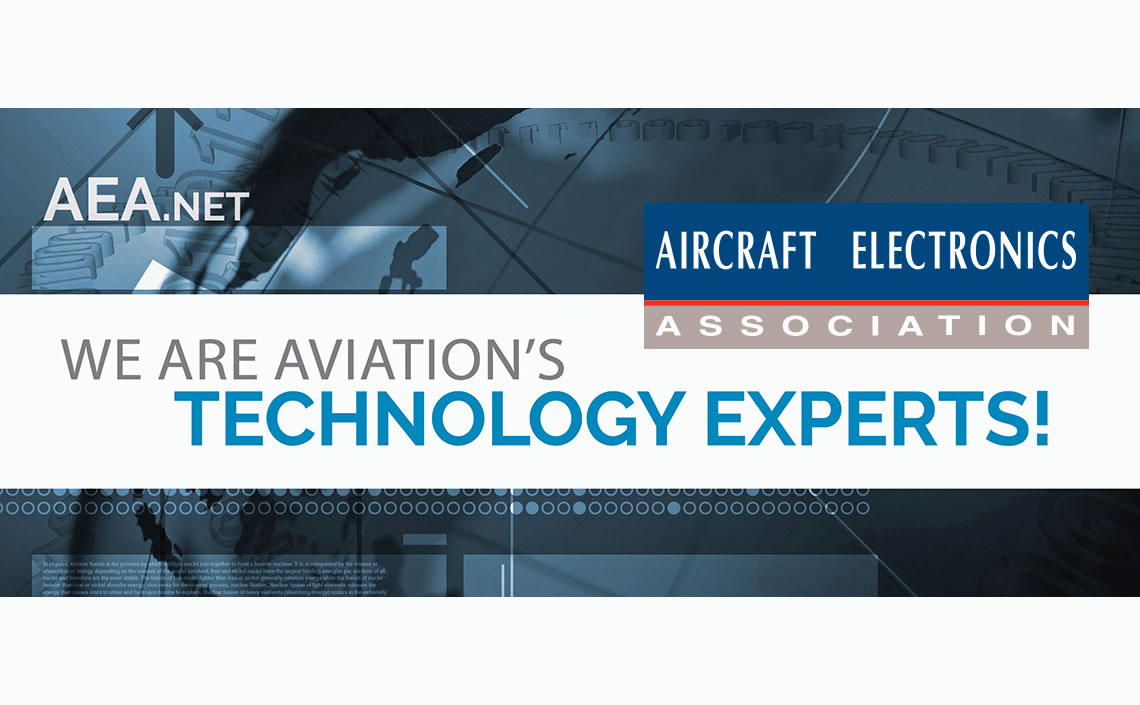The discussion on the ADS-B mandate in Canada has been somewhat quiet in the last 2 ½ years. Since November 2019 when Transport Canada Civil Aviation and Nav Canada announced that the phased plan being advertised at the time was being put on hold, there has been little information provided or communicated as to what will be happening. The TCCA had written to Nav Canada stating there were two factors that determined the need to delay the ADS-B mandate. One was that operators were informing the TCCA that they would not be able to meet the proposed timeline. The other was that the mandate could not be put in place “until the proper regulation is in place.” So, it was a surprise to many that in early February 2022, Nav Canada announced a new two-phase ADS-B implementation program.
The first phase will be for Class A and B airspace as of Feb. 23, 2023. This means it’s for flight levels about 12,500 feet and some terminal control zones that cover altitudes lower than this. The second phase will be for Class C, D and E airspace starting no earlier than 2026. The timing of this phase will be determined during further consultation.
The big surprise here is that, in all communications with the TCCA since November 2019, the public has been told that no progress has been made on this file and, in fact, was told that due to COVID-19, this file was not actively being worked. The TCCA had also communicated that regulatory action would be taking place and working groups were to be formed. Specifically, in the last communication in April 2021, the Aircraft Electronics Association was informed that the TCCA was just beginning to look at this again and “that engagement of industry was important and (TCCA) noted it would produce formal notices of proposed amendment to be used in future consultation and would engage industry through all conventional forums including through CARAC.”
To be clear, the AEA is not against implementing ADS-B. In fact, the association has supported ADS-B since the beginning. However, there needs to be proper consultation, then regulation put in place and the time allotted to complete the proper installations. Not only is there the issue of the time needed to install the proper equipment, but there is time needed to create the approved installations. Another factor is that, for most Canadian owners, they have already installed a system that meets the U.S. requirements, and these will not work with the space-based system to be used by Nav Canada. Since there is a considerable cost impact, the proper regulatory review that includes the economic impact analysis seems to be warranted.
The other impact not considered was to foreign owners, in particular Canada’s neighbors in the U.S., who conduct thousands of flights into Canada yearly. There seems to be an assumption made (the same one made in 2018/2019 on the first attempt at this mandate) that this first phase will not affect GA and the vast majority of aircraft already have the required diversity system installed. This is not true, as the only requirement to have diversity at the moment is with TCAS II requirements for aircraft with 30 or more passengers.
After the Nav Canada announcement, the TCCA was contacted to find out what was happening. The information provided was that a “reassessment” was made, and the first phase of an ADS-B mandate could be completed without a regulatory change. There may be a change to AWM 551 to provide the standards for acceptable equipment. The individuals at the TCCA did not seem to be aware of the discussions and decisions made in 2019.
Another piece of information that has come out quietly is that Nav Canada may be installing ground-based equipment in some locations. This is due to the fact that the space-based system needs support in high-traffic areas, most likely at the busiest airports in Canada, all of which are close to the U.S. border. As you can see, there are many gaps in this ADS-B mandate notification, and further communication and discussions are needed.
To a certain degree, it appears this is a done deal. However, the AEA, ATAC, AIAC and others have jointly been in contact with the TCCA and are attempting to put this on hold (again) and encourage proper consultation. Stay tuned.
FOR MORE INFORMATION:
Contact Ric Peri, AEA vice president of government and industry affairs, by email at ricp@aea.net or by phone at 202-589-1144.

